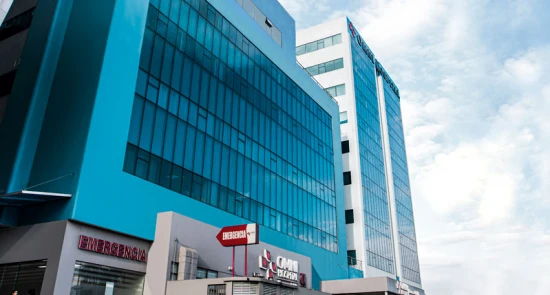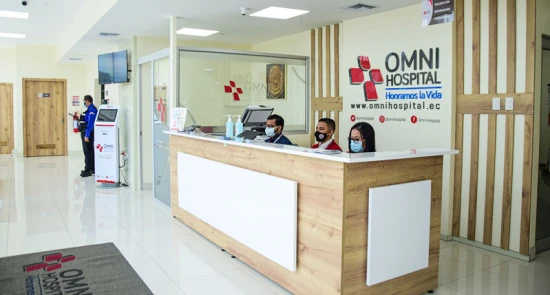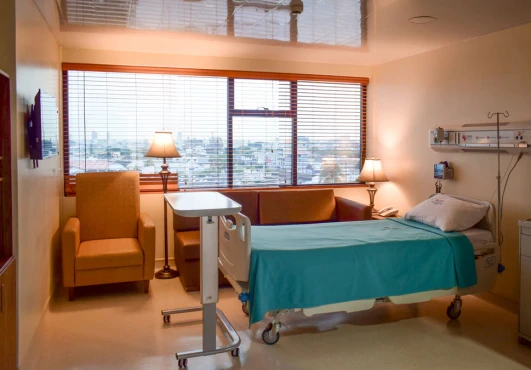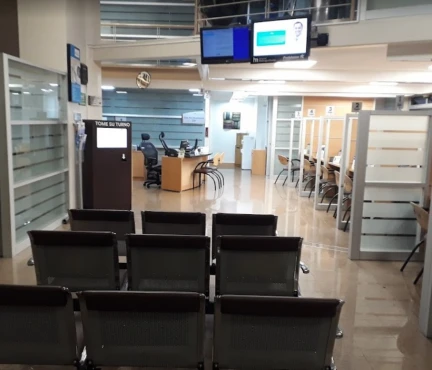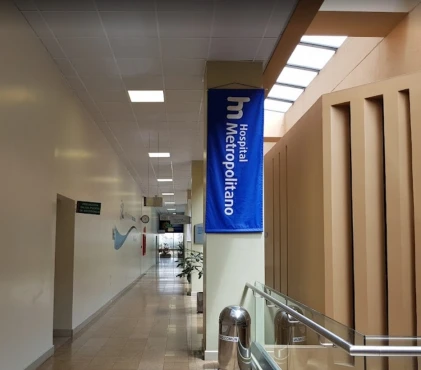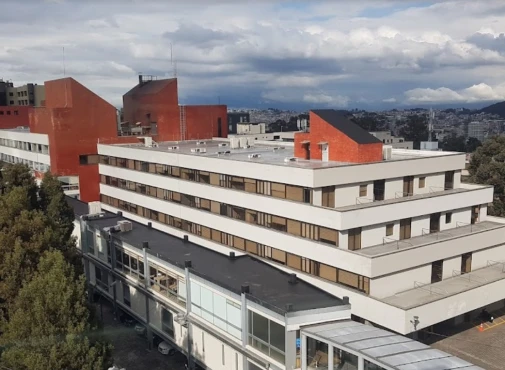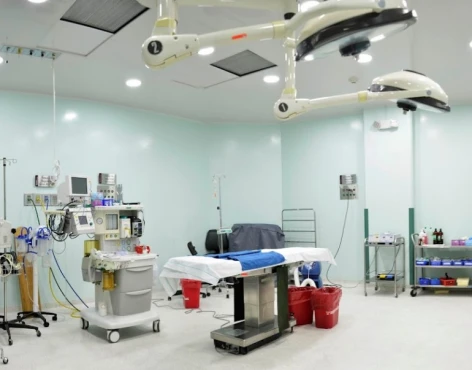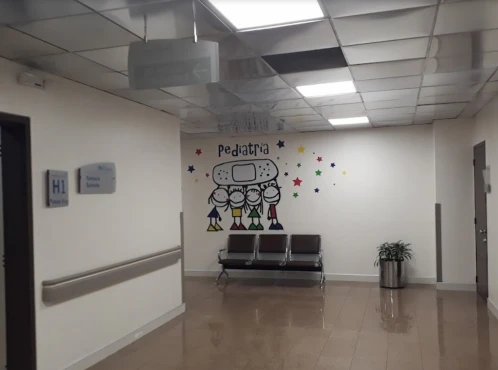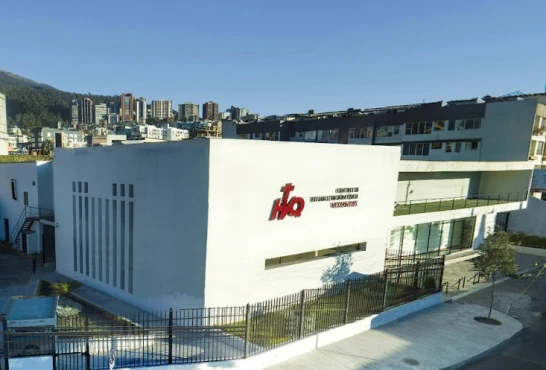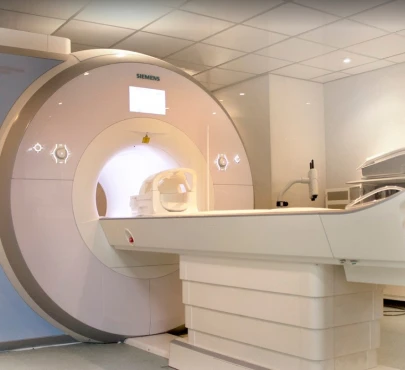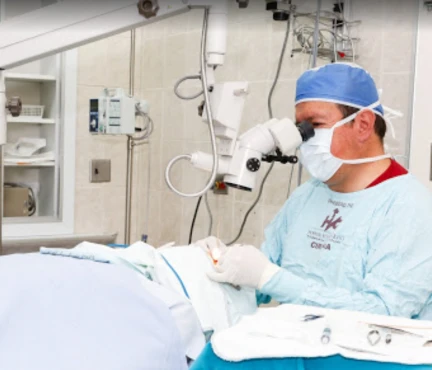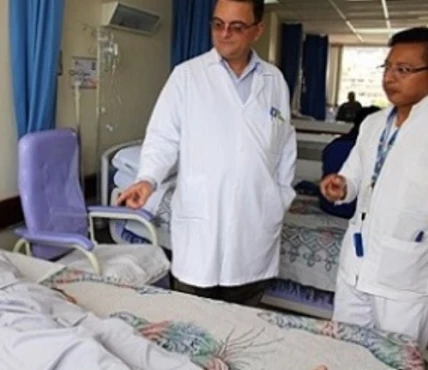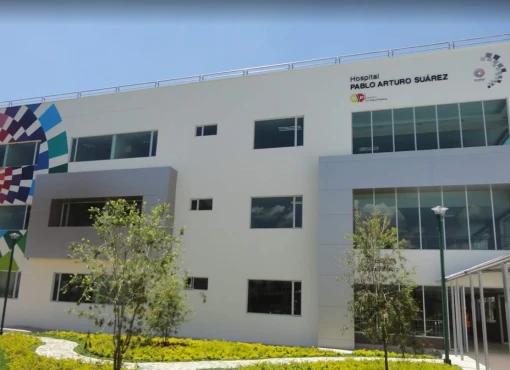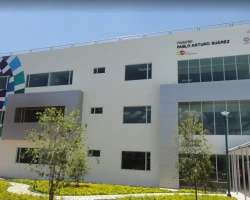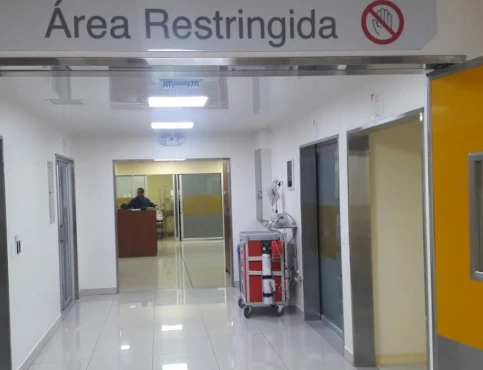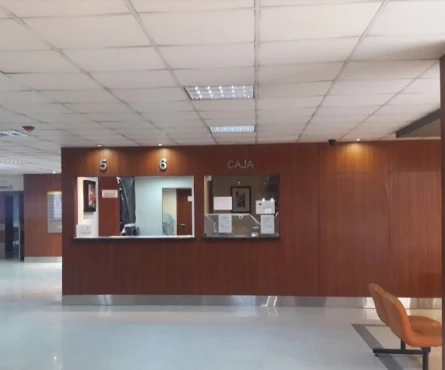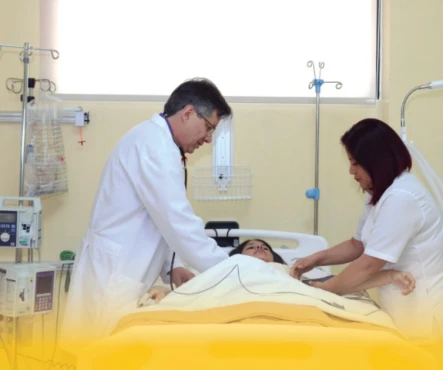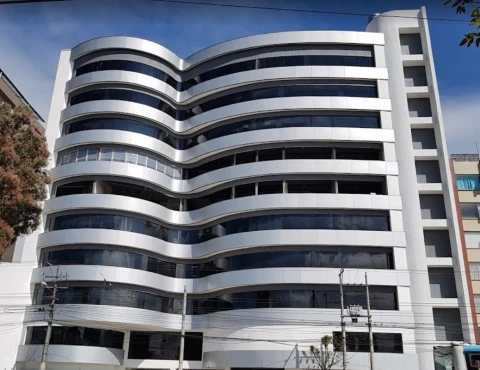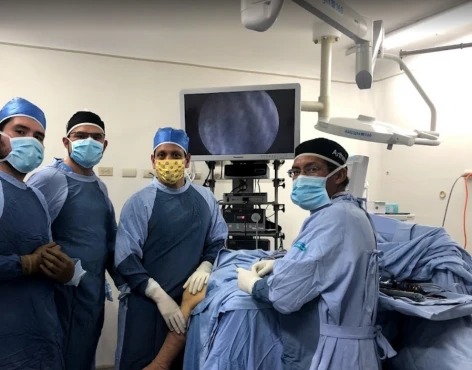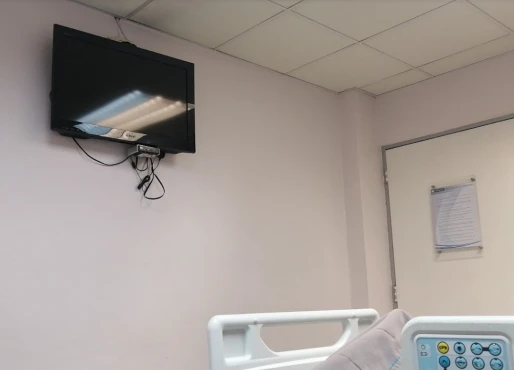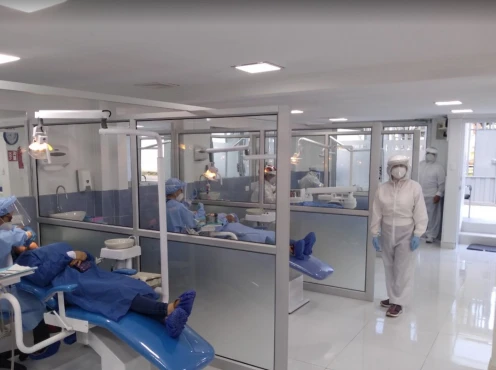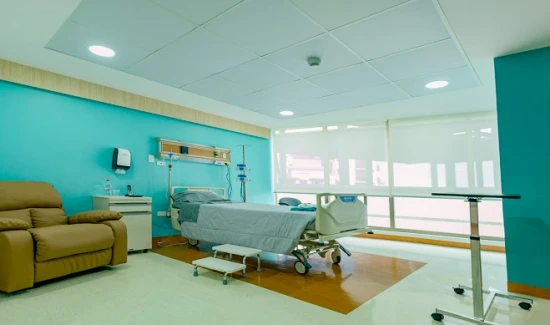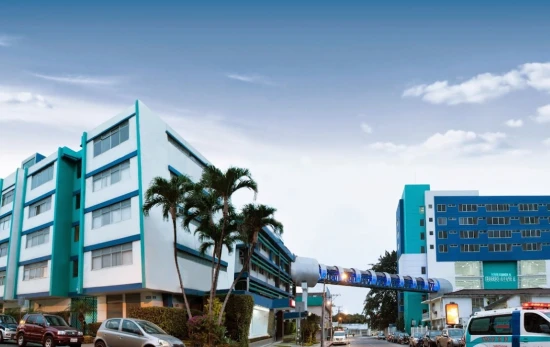Liver cyst treatment in 1 Oncology clinic in Guayaquil
1 clinic specializing in Oncology providing treatment of
Liver cyst
Liver cysts are fluid-filled sacs that can develop in the liver. They are usually benign and asymptomatic but can cause discomfort or complications if they grow large or rupture. Regular monitoring is essential.
Read more...
disease in Guayaquil.
Besides this clinic there are 3 Oncology clinics in Guayaquil and 10 clinics in Ecuador.
Such diseases are treated by OMNI Hospital: Benign liver tumor, Bile duct cancer, Hepatolithiasis, Liver cancer, Liver cyst, and others.
Sorted by:
Relevance
Rating
Relevance
Prices for popular procedures:
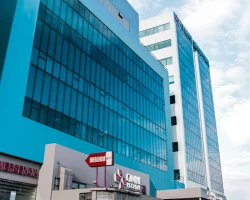
Guayaquil, Ecuador
Specializations: Cardiac surgery, Thoracic surgery, Neurosurgery, Orthopedic surgery, Oncology
Languages: English
OMNI Hospital opens its doors in Guayaquil on March 3, 2009 with an innovative hospital proposal, aimed at providing top quality services with excellent infrastructure,
read more
Nearby clinics in Ecuador
Perhaps you should consider the following clinics we have found nearby basing on your Location, Disease filters applied.
Prices for popular procedures:
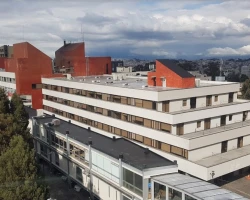
Quito, Ecuador
Specializations: Cardiac surgery, Vascular surgery, Thoracic surgery, Neurosurgery, Spine surgery, Orthopedic surgery, Oncology
Languages: English
At Hospital Metropolitano we work with QUALITY, continuously improving our services. We constantly innovate processes, equipment and infrastructure to meet the needs and expectations of
read more
Prices for popular procedures:
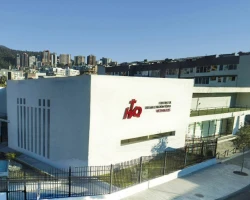
Quito, Ecuador
Specializations: Cardiac surgery, Vascular surgery, Thoracic surgery, Neurosurgery, Spine surgery, Orthopedic surgery, Oncology
Languages: English
We are commited to quality and patient safety. To do this, with the leadership of Senior Management, we work towards the continuous improvement of processes,
read more
Prices for popular procedures:
Prices for popular procedures:

Quito, Ecuador
Specializations: Cardiac surgery, Vascular surgery, Thoracic surgery, Neurosurgery, Spine surgery, Orthopedic surgery, Oncology
We are the materialization of the dream of a group of enterprising doctors, committed to building a different hospital, with an organizational structure drawn horizontally
read more
Prices for popular procedures:
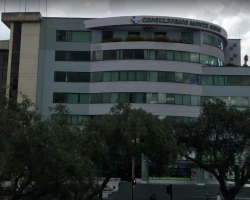
Cuenca, Ecuador
Specializations: Cardiac surgery, Vascular surgery, Thoracic surgery, Neurosurgery, Spine surgery, Orthopedic surgery, Oncology
The Monte Sinaí Hospital is currently the largest Medical Center in the Austro in terms of infrastructure; We have more than 350 offices where more
read more
Prices for popular procedures:
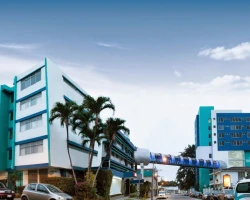
Guayaquil, Ecuador
Specializations: Cardiac surgery, Vascular surgery, Thoracic surgery, Neurosurgery, Spine surgery, Orthopedic surgery, Oncology
Languages: English
The Alcívar Hospital was founded on Thursday, November 25, 1937. It was originally called the Alcívar-Esteves Clinic, as it was directed by Dr. Eduardo Alcívar
read more
Countries with the highest number of clinics treating the diseases:
Liver cyst:
worldwide
673 clinics
Germany
40 clinics
Brazil
39 clinics
India
39 clinics
Colombia
27 clinics
Mexico
26 clinics
Related procedures:
Procedures are likely to be used for Liver cyst treatment:
Chemoembolization,
Liver transplantation,
Major liver resection,
Microwave tumor ablation (MWA),
and
Minor liver resection
.
